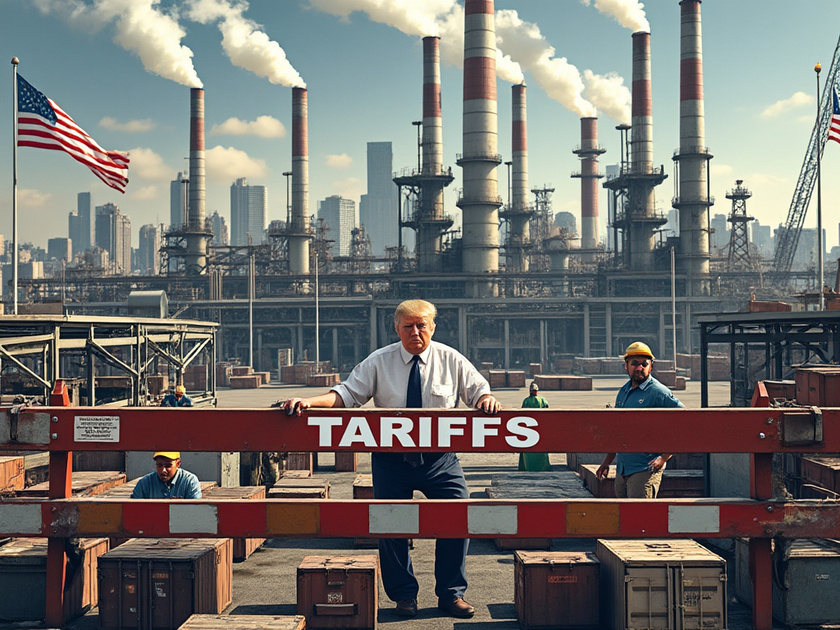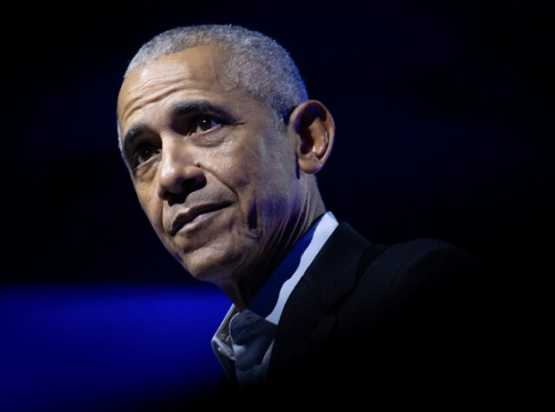Introduction
Tariffs, often dismissed in modern economic debates, have historically been one of the most effective tools to protect domestic industries and ensure economic independence. The idea is simple: by imposing taxes on imported goods, tariffs make foreign products more expensive, encouraging consumers to buy domestically produced alternatives. This approach helped build the American industrial base before 1913, but the landscape changed after the ratification of the 16th Amendment, which introduced federal income taxes and reduced reliance on tariffs. In recent years, especially under President Donald Trump, tariffs have reemerged as a strategic economic and geopolitical tool to combat unfair trade practices and protect American jobs. This paper argues that tariffs remain a vital part of U.S. policy, particularly in the face of economic challenges posed by foreign powers such as China.
Historical Success of Tariffs Before 1913
In the 19th and early 20th centuries, tariffs were a cornerstone of U.S. economic policy. The federal government relied heavily on tariffs as its primary source of revenue, which made America largely independent from other nations’ goods and foreign trade. More importantly, these tariffs shielded nascent American industries from established European competition, enabling the United States to build strong manufacturing capabilities. For example:
- The Tariff of 1828 (also known as the "Tariff of Abominations") placed heavy taxes on imported goods, which allowed northern manufacturers to thrive.
- The Morrill Tariff of 1861, passed during the early days of the Civil War, provided a crucial boost to American industries by discouraging foreign competition, ensuring that jobs and capital stayed within the country.
This economic framework was instrumental in transforming the U.S. into an industrial powerhouse by the early 20th century. At the same time, a limited federal government meant the burden of taxation did not fall on individual incomes.
The Shift in 1913: Income Taxes Replace Tariffs
The passage of the 16th Amendment in 1913 fundamentally altered the American economic system. It introduced federal income taxes, giving the government a more reliable and scalable revenue stream. However, as the government became less dependent on tariffs, it increasingly opened the domestic market to foreign goods. The new revenue model encouraged policymakers to pursue free trade agreements, and over time, American industries lost their tariff protections.
The consequences of this shift were long-term and profound. U.S. manufacturers, once dominant in sectors such as steel and textiles, found themselves increasingly vulnerable to cheaper foreign competitors. With fewer tariff protections, many companies moved operations overseas, where they could produce goods at lower costs. As a result, the U.S. became more dependent on foreign imports and experienced the gradual decline of key industries—particularly manufacturing.
The China Problem: Unfair Trade Practices and Deindustrialization
One of the clearest examples of the negative impact of free trade policies can be seen in the U.S. relationship with China. After China joined the World Trade Organization (WTO) in 2001, American markets were flooded with inexpensive Chinese products, ranging from electronics to textiles. While this benefited consumers with lower prices, it devastated domestic industries, leading to:
- Mass layoffs in manufacturing-heavy regions (such as the Midwest)
- Offshoring of American factories to Asia, leaving local economies in decline
- A growing trade deficit with China, which reached $382 billion in 2018
China's trade practices, including currency manipulation, intellectual property theft, and state subsidies, created an uneven playing field. Despite promises of mutual economic benefit, American industries struggled to compete. This situation revealed the dangers of unregulated globalization and the need for renewed economic nationalism.
Trump’s Use of Tariffs (2016-2020): A Return to Economic Nationalism
Donald Trump’s presidency marked a significant shift in U.S. trade policy, as he used tariffs to challenge the status quo and protect American jobs. Trump’s central campaign promise in 2016 was to put “America First,” and his administration followed through by imposing tariffs on imports, particularly from China.
- 2018 Steel and Aluminum Tariffs: Trump implemented tariffs of 25% on steel and 10% on aluminum to protect domestic producers from foreign dumping.
- China Trade War: In response to China’s unfair trade practices, the Trump administration imposed tariffs on $360 billion worth of Chinese goods. The goal was not just to protect American industries but also to pressure China into renegotiating trade agreements.
Despite criticism, these tariffs yielded some important results:
- Revitalization of manufacturing: The tariffs incentivized companies to bring production back to the U.S. or avoid moving operations offshore.
- Reduction in trade imbalances: Although the trade deficit with China persisted, it decreased for the first time in years.
- Negotiation leverage: The tariffs forced China to engage in new trade talks, resulting in the Phase One Trade Agreement in 2020, which included promises to increase Chinese purchases of U.S. agricultural goods.
Trump’s tariff policies reflected a broader strategy of economic nationalism, prioritizing the needs of American workers and industries over global integration. While not a return to the exact policies of the pre-1913 era, these tariffs reintroduced the concept that government should play an active role in protecting domestic industries.
Why Tariffs Are Necessary Today
Given the economic challenges posed by globalization, tariffs remain a relevant and necessary tool for the U.S. economy. The 1913 shift away from tariffs made the U.S. more dependent on income taxes and foreign trade, leaving American industries vulnerable to outsourcing and foreign competition. By reintroducing tariffs selectively, the U.S. can protect vital industries, reduce dependence on hostile foreign powers, and create more stable, long-term employment for American workers.
- Job Creation: Tariffs discourage companies from outsourcing jobs by making foreign production less profitable.
- Industrial Independence: Tariffs protect strategic industries like steel, ensuring that the U.S. maintains the capacity to produce essential goods domestically.
- Economic Security: Tariffs reduce the risks of supply chain disruptions, which became evident during the COVID-19 pandemic when the U.S. faced shortages of essential products.
Counterarguments and Rebuttals
Critics argue that tariffs increase prices for consumers and provoke retaliatory measures from trading partners. However, the long-term benefits outweigh the short-term costs. While tariffs may initially raise prices, they incentivize companies to invest in domestic production, leading to job growth and wage increases. Furthermore, countries like China have long manipulated markets to their advantage—tariffs are a necessary response to level the playing field.
Another argument is that tariffs disrupt global trade. Yet, the globalist approach has already harmed American workers. As the U.S. trade deficit has grown, jobs have vanished, and entire regions of the country have been hollowed out. Tariffs offer a corrective path, encouraging domestic investment and reducing dependency on foreign powers.
Conclusion
The U.S. reliance on free trade policies and low tariffs since 1913 has contributed to the decline of domestic industries and increased dependence on foreign imports. History shows that tariffs were instrumental in building the American economy during the 19th and early 20th centuries. President Trump’s reintroduction of tariffs between 2016 and 2020 demonstrated that tariffs can once again protect American workers and industries from unfair foreign competition.
While not a return to pre-1913 economic policies, the selective use of tariffs today serves the same purpose: protecting American industries, securing jobs, and maintaining national economic independence. Tariffs are not a relic of the past—they are a necessary tool for defending the American economy in an era of global uncertainty.
Sources
- Trump Tariffs and Trade War – Office of the United States Trade Representative.
- Irwin, Douglas. Clashing Over Commerce: A History of U.S. Trade Policy. University of Chicago Press, 2017.
- Li, Yeling. "China's Trade Practices and Global Impact." Journal of International Affairs, 2019.
- Schweikart, Larry. A Patriot’s History of the United States. Sentinel, 2004.
- United States Census Bureau. "Trade Deficit with China."















